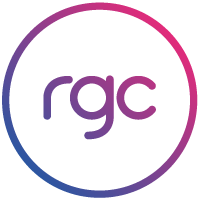
How you say something can be just as important as what you say. Developing a unique voice for your brand helps your customers understand what your brand is all about. If they like your voice they are more likely to build an affinity with your brand and feel comfortable with the underlying messages of your content.
Email technology group MailChimp is one brand that has put a lot of thought into their voice and use it to help people understand their own writing. They explain their ‘voice’ as :
MailChimp’s voice is human. It’s familiar, friendly, and straightforward. Our priority is explaining our products and helping our users get their work done so they can get on with their lives. We want to educate people without patronizing or confusing them.
A well defined brand voice primarily serves the purpose of making your content more readable by your audience. Defining your brand’s voice can be as complex or a simple as you want. The process of finding your voice is appropriate can be done in a range of different ways:
Understand your brand’s ‘personality’
Your voice should be a reflection of your brand’s personality. One of the best ways to understand your brand’s personality is to use the same framework developed by psychologist Carl Jung to better understand humans. Jung defined 12 primary archetypes that symbolise basic human motivations. Each type has its own set of values, meanings and personality traits.
Many financial services companies often adopt a Sage archetype. Sages are driven by a desire to understand and know the world around them. They represent wisdom, asceticism and destiny. The Everyman demonstrates the virtues of simply being an ordinary person, just like others; they are unselfish, faithful, supportive and friendly. Everyman brands give people a sense of belonging or being part of a group, of friendship and care. Ikea is a great example of an Everyman brand.
See where your brand fits and develop a voice that reflects your personality.
10 minutes, three words
A simple way to develop and quantify your brand’s voice is to get your marketers and executives in a room for 10 minutes and agree the three words which accurately reflect your brand. Are you passionate, quirky and funny? Are you mature, stable and assured? Are you relaxed, comfortable and friendly?
If you have another ten minutes get the thesaurus out and add some flavor to each of your brand’s characteristics by further defining each one of your traits. You could end up with a brand voice something like this:
- Mature – established, complete, settled
- Friendly – welcoming, approachable, responsive
- Assured – secure, confident, poised
The three c’s of brand voice
As explained on Marketing Land, you can start developing a voice for your brand by examining your culture, community, and conversation.
- Culture – What does your company stand for? What makes you stand out from all the others who are after the same audience? Your unique qualities make your culture special, and these should be a pillar of developing your voice.
- Community – Listening can reveal how your community speaks and can help you speak easier with them and to them. You can use their language and meet them on their terms.
- Conversation – Personality and authenticity are key here. What do you want to add to the conversation? As you think about what you can offer, you’ll start to see a better picture of where your voice might fit.
Ultimately, how you develop your voice is not as important as having one. Once you have found your voice, it may also be worth considering your tone. What’s the difference?


